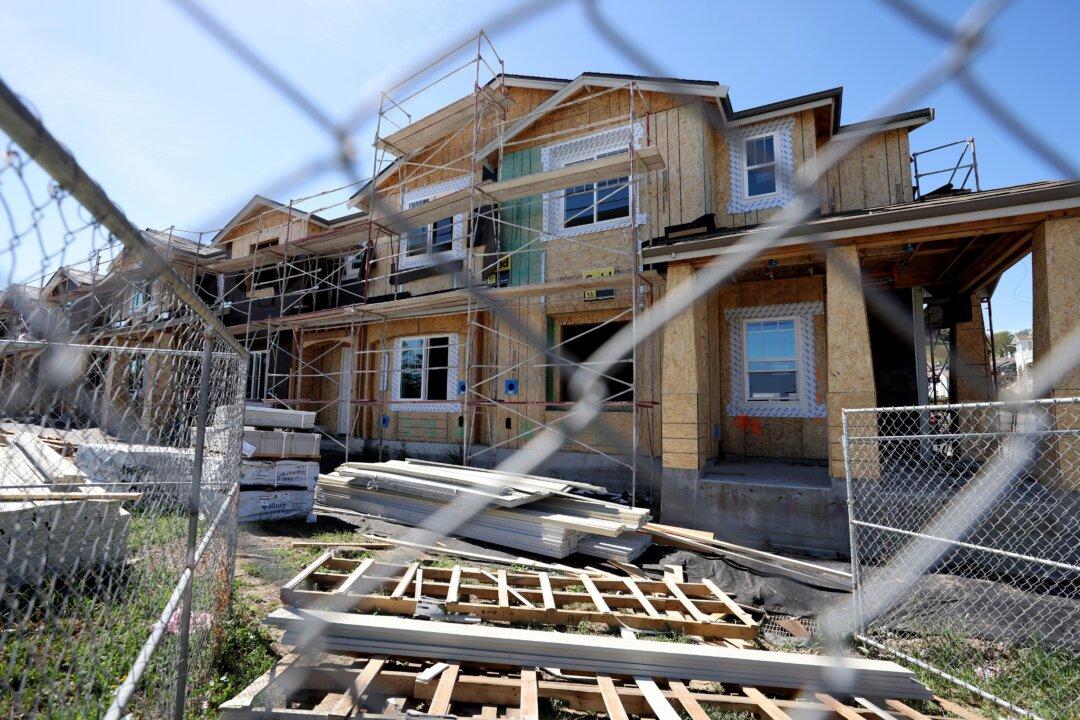Financial officers from 27 states have sent a letter to President Joe Biden protesting a new policy from the Federal Housing Finance Agency (FHFA) that increases mortgage fees for some higher-credit borrowers while lowering them for riskier borrowers.
This policy, which critics say will penalize people with good credit and encourage risky borrowing, went into effect on May 1. It may also penalize some borrowers who put down a larger down payment when buying a home.





